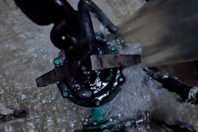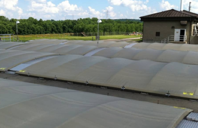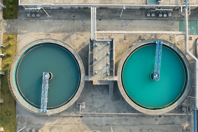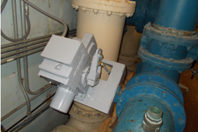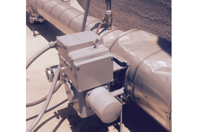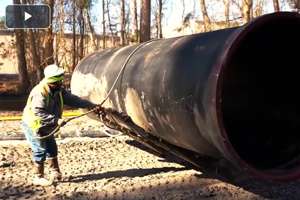WASTEWATER REGULATIONS AND LEGISLATION RESOURCES
-
A submersible solids handling pump featuring a semi-open impeller and self-cleaning cutter plate solved a severe clogging issue. Operating without a single clog for over six months, the technology delivered "100% uptime" and freed up staff for other vital maintenance.
-
The South Dearborn Regional Sewer District in Lawrenceburg, Indiana, provides regional wastewater treatment services for three cities and an international distillery. The 6 mgd treatment plant is located in an area of high population growth and is surrounded by many retail operations and other commercial developments. In addition, a heavily traveled state highway runs by the treatment plant.
-
Read about three of the most pressing wastewater challenges utilities face today and how Stratmoor Hills, Key West Resort Utilities, and Beijing Water Group are using advanced treatment and reuse to overcome them.
-
A water filtration treatment plant was built in 1950, pneumatic actuators were installed on all of the filter control valves. The pneumatic actuators were not always reliable. Air compressor problems limited the availability of the pneumatics to control the filter valves.
-
Discover how installing Beck electric actuators on the aeration blower control valves has improved process stability and plant operations for a South Florida treatment plant.
-
A water treatment plant was using conventional electric actuators on valves across the facility, including the modulating Filter Effluent applications. A history of actuator problems prompted plant personnel to consider replacements.
-
Read about one of the largest wastewater treatment plants in the world that recently finished a project for upgrading its sludge valve actuators.
-
Water scarcity poses unique challenges to KW Resort Utilities Corp. (KWRU), the utility firm that provides wastewater management, wastewater recovery, and wastewater treatment in the region. KWRU began operation in the late 1960s and has worked hard over the decades to keep up with wastewater needs as population and tourism have boomed, spurred by land reclamation and development.
-
Ferrán Bosch, Senior Business Development Manager Xylem Vue at Xylem, speaks with Koldo Urkullu, Director of Operations and Asset Management at CABB, about how a utility is innovating to meet volatile weather patterns head-on.
-
At WEFTEC 2025, Huber’s Simon Randle discusses how emerging pressures in the industry—from PFAS and microplastics to shifting federal funding—are influencing everything from technology development to workforce priorities.

